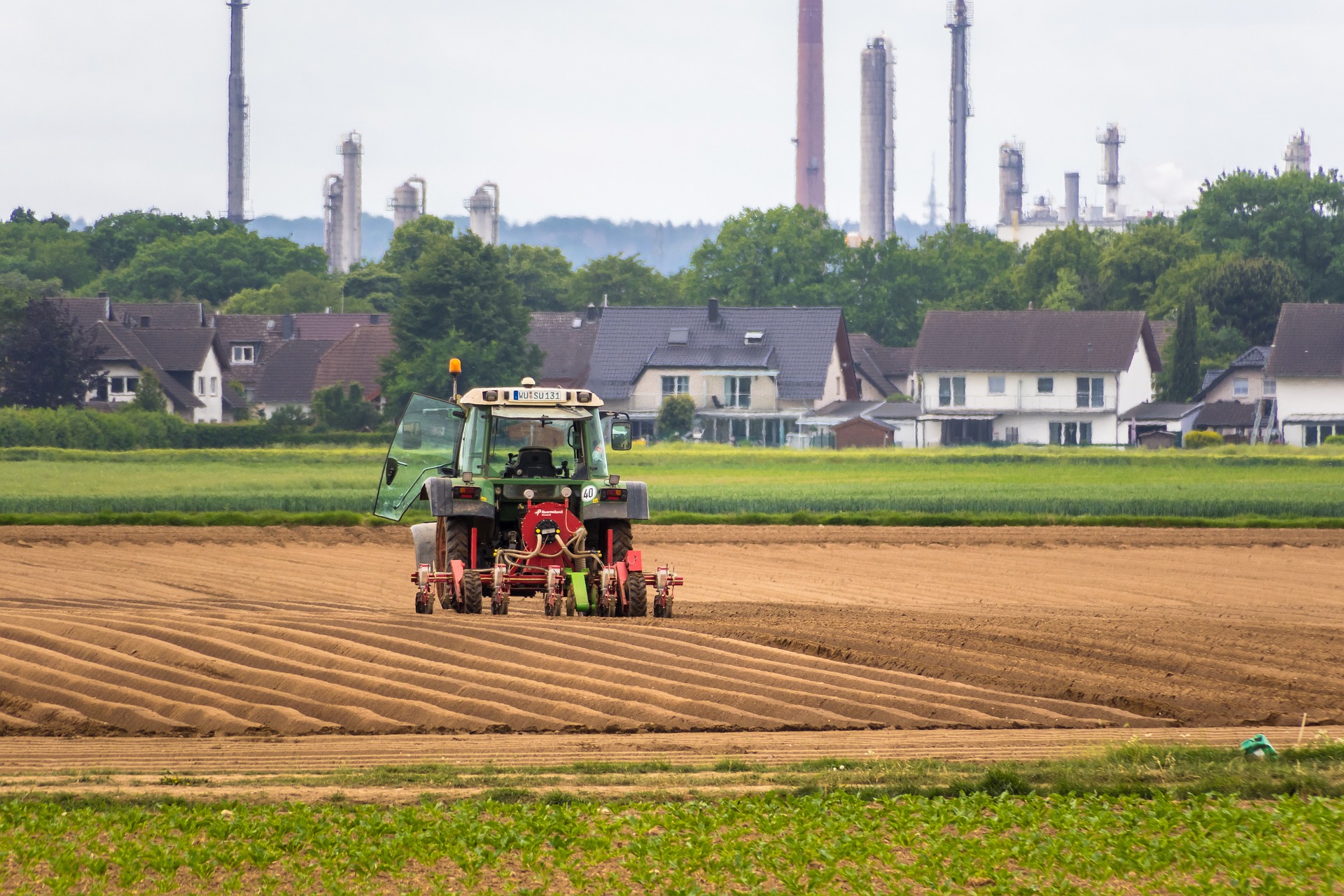There’s no denying that we’re living in an age of technology, and the ever-changing world of technology has impacted every aspect of our lives, including the way we do business. In particular, modern technology has drastically changed the agricultural sector by making farming more efficient than ever before with less manpower and advanced tools. Here are five amazing pieces of agriculture technology that you have to see to believe!
1) Smart Pesticides
Chemical pesticides are a serious threat to the environment and public health, but a new type of smart pesticide is on the horizon. These new pesticides will kill only the target pest, so they’re safer for humans and animals, and won’t harm other animals or plants. This will also lead to better farm management because farmers can now pinpoint exactly what is going wrong in their crops.
The pesticides use a three-step process: an odorless chemical is sprayed onto a plant; when pests get close enough for it to detect them using sensors, it releases an aerosol that kills nearby pests; when the pests die near the plant, their corpses release pheromones that attract more pests which will then be killed too. Farmers don’t need to worry about this pesticide harming the crop, as it targets only the pests and doesn’t come into contact with any of the produce.
2) Self-Driving Tractors
The future is now, and if you’re not yet using autonomous tractors in your farming operation, it’s time to get on board. There are a number of benefits to adopting this new technology. From increased safety to improved productivity, the self-driving tractor is a game changer for modern agriculture.
Self-driving tractors are safer than manned vehicles because they remove the human operator from the equation. This means there is no one on board who can make mistakes or become distracted while operating machinery. The machine operates with algorithms that take into account all potential factors and react accordingly, giving you a higher likelihood of success and fewer risks associated with harvesting crops. They also allow you to focus on other aspects of farm management by freeing up your time. With so many benefits, why haven’t we adopted these machines? A few reasons stand out as the primary deterrents: high cost; lack of knowledge about the technologies; and fears about technological unemployment among laborers. If you’re looking for an investment opportunity, be sure to talk to a dealer about buying one of these babies!
3) Drones For Livestock
The Agribotix UAV, or unmanned aerial vehicle, is a drone that can be used for livestock. A farmer can use the drone to track and monitor the health and wellness of their animals from the sky. It’s powered by solar energy and has a 1-hour battery life. It flies at an altitude of up to 300 feet and captures photos with a camera on its belly. The company says it can take 500 photos during one flight, which helps farmers better understand what changes need to be made in order for their livestock’s lives to improve. Farmers are also able to capture images that would have been impossible to see before, such as how cows’ faces change as they eat different types of food. They’re also able to document living conditions, such as how much water is being delivered and when a cow might become pregnant. The Agribotix system not only tracks animal movement but also monitors stress levels through vocalizations.
4) Robotic Farmers
How do you feel about farming? Robotic farmers have been a topic of conversation for quite some time now, but they are finally starting to show up in fields. Thanks to the advancements in artificial intelligence, these machines are capable of making decisions based on what they see and understand. This could mean that robotic farmers could take over an industry that employs one out of every ten people in the world. What would this mean for the price of food? One thing is certain: agriculture technology is changing and it’s more than just GPS mapping or precision irrigation systems.
Viewing Lettuce at Near-Zero G: Recently a group of scientists created a process called ‘near-zero gravity’. They were able to grow lettuce by suspending it with cables in free space where gravitational forces didn’t exist. As the lettuce grew, astronauts photographed its development so that researchers can learn more about how gravity affects plant growth and development.
5) Greenhouses with Artificial Sunlight
The most common agricultural technology that is used in greenhouses is artificial sunlight. There are two types of artificial sunlight: high-pressure sodium lamps and metal halide lamps. The benefits of these lamps include that they do not emit light pollution, they produce less heat than the sun, they last longer than natural sunlight, and they can produce light at any time during the day. The downsides are that high-pressure sodium lights are only capable of producing orange or red colors while metal halide lights can produce both blue and white light. There are also different types of filters that allow users to choose which light wavelength will be produced by the lamps. This makes it possible for plants to react differently depending on their needs at a certain point in their growth cycle. If a plant requires red light, then an unfiltered lamp should be used. If blue light is needed, then using a filtered lamp would be best.




